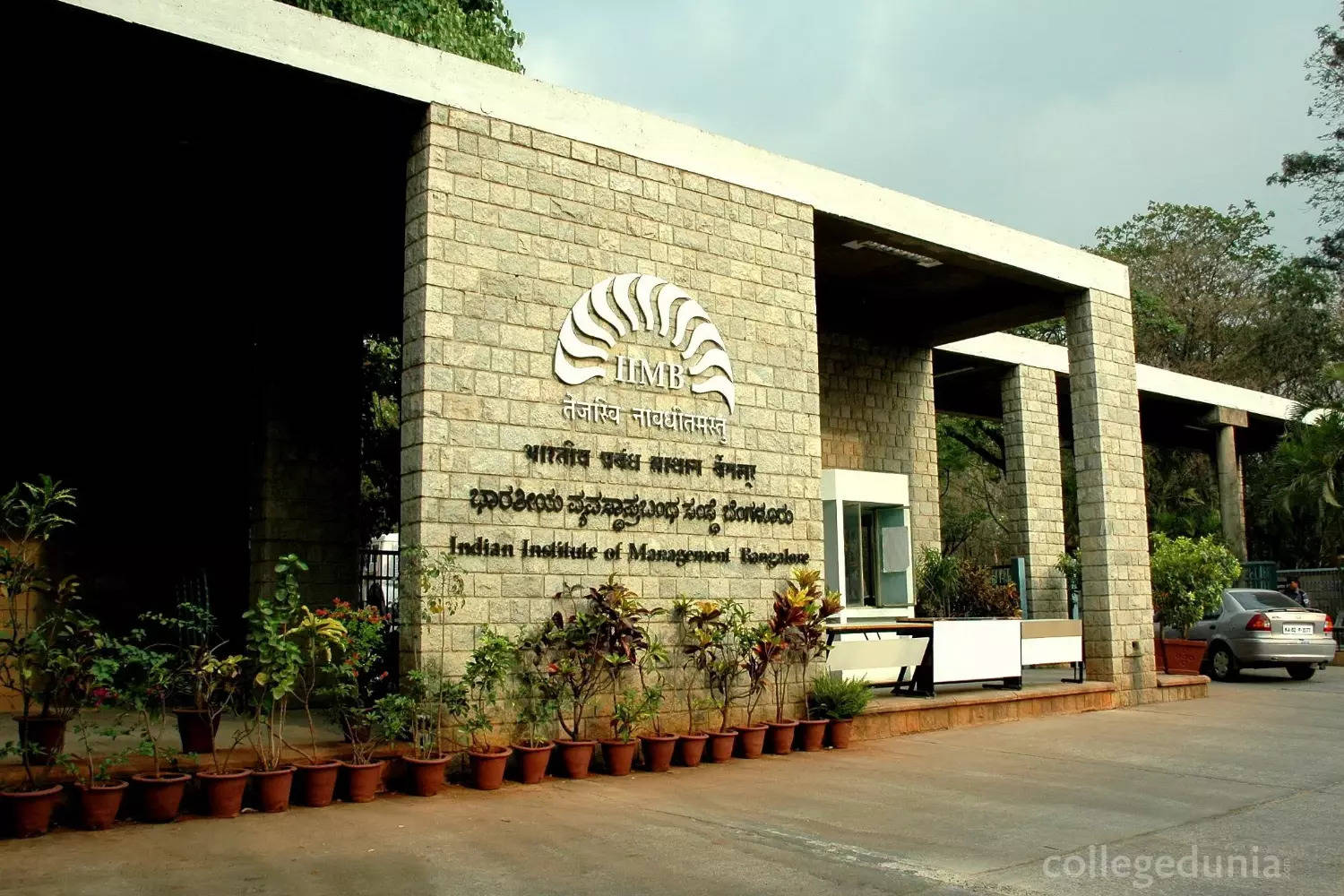
Bengaluru: A recent study by the Indian Institute of Management Bangalore (IIMB) has revealed disparities in medical crowdfunding based on caste in India.
The research, titled ‘Caste inequality in medical crowdfunding in India’, found that campaigns initiated by individuals from dominant caste groups tend to attract higher funds compared to those initiated by individuals from marginalised caste groups.
The study, conducted by Aprit Shah, a faculty member at IIMB, and published in the Journal of Development Studies in August 2024, analysed 8,721 campaigns on Ketto, a leading Indian crowdfunding platform, between February 2020 and December 2022.
To determine the caste identities of campaign beneficiaries, the researcher used the ‘Outkast’ open-source package, which utilises data from the Socio-Economic Caste Census (SECC), covering 140 million Indian names across 19 states.
The findings revealed that campaigns initiated by Scheduled Castes (SC) and Scheduled Tribes (ST) groups constituted only 10.2% of all campaigns on Ketto and accumulated just 8.4% of the total funds raised.
In contrast, campaigns initiated by dominant caste groups (referred to as OTHERS in the paper) typically raised 30% more funds than the average SC campaigns and 10% more than the average ST campaigns. The study also highlighted that lower average donations contribute to decreased fundraising for SC and ST groups.
It noted that names in India are strongly linked to specific caste groups. According to the research, surnames such as ‘Sharma’ and ‘Mehta’ are commonly associated with dominant caste groups, which the paper refers to as OTHERS.
In contrast, names like ‘Basumatary’ and ‘Boro’ are typically connected to Scheduled Tribe (ST) groups, while ‘Jatav’ and ‘Valmiki’ are often related to Scheduled Caste (SC) groups.
The study also revealed significant disparities in medical fundraising campaigns over two years. The top 1% of campaigns managed to secure 24% of the total funds raised, while the bottom 16% of campaigns only received a mere 0.02% of the funding on the platform.
The researcher suggests that caste affiliation may play a role in the success of these fundraising efforts, although other factors could also contribute to the poor performance of many campaigns.
The study says, “This inequality persists despite considering various textual and visual factors related to the campaign and controlling for the time of the campaign launch and the recipient’s State. Our findings also highlight that lower average donations contribute to decreased fundraising for SC and ST groups.”
The author has acknowledged the limitations of the study, including the focus on a single crowdfunding platform, the lack of self-reported caste information, and the fact that the findings reflect only the segment of society with access to online crowdfunding campaigns.
Despite these limitations, the study contributes to the literature on inequality in crowdfunding, which has primarily concentrated on Western countries.




